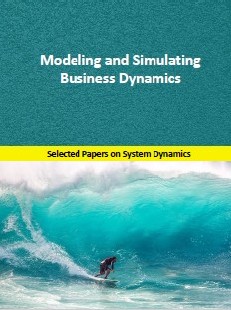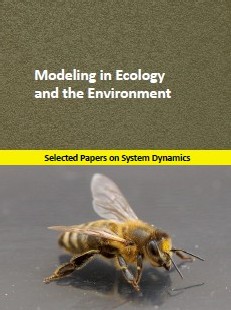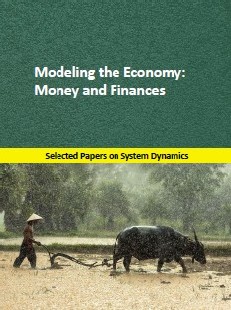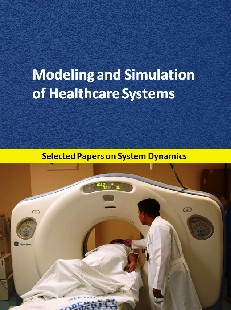| |
||||
| |
||||
| .
|
.
|
.
|
||
Click for details and orders



As the complexity of our world increases systems thinking is emerging as a critical factor for success, and even survival. How then can people become skilled systems thinkers? The most effective learning experiences combine experience with reflection, theory with practice. Traditionally, theory was taught in school and university, and experience was gained in life outside those walls. But in the world of complex dynamic systems such as a business, society, or ecosystem, everyday experience fails because the time horizon and scope of the systems is so vast—we never experience the majority of the effects of our decisions. And without relevant experience, theory is uninteresting to students.
The old ways of learning fail. When experiments in the real world are impossible, simulation becomes the main way we can learn effectively about the dynamics of complex systems. For this reason I’m pleased to introduce Juan Martin Garcia’s books. Juan combines theory and practice, experience and opportunities for reflection, so that newcomers to the field can learn for themselves how complex dynamic systems work. The examples span a range of important economic and social issues, from the aging of the population in developed economies to the course of contagious diseases to the accumulation of pollutants in the environment; everyone will find some examples here of direct personal interest. The modeling exercises guide the learner through the process of building a working simulation; students will not only learn about the issues addressed, and in the use of state of the art simulation software, but will develop skill in the modeling process.
Juan has written a delightful first introduction to the field of system dynamics and complexity, and provides a much-needed addition to the literature available.
John D. Sterman
Cambridge, Massachusetts














